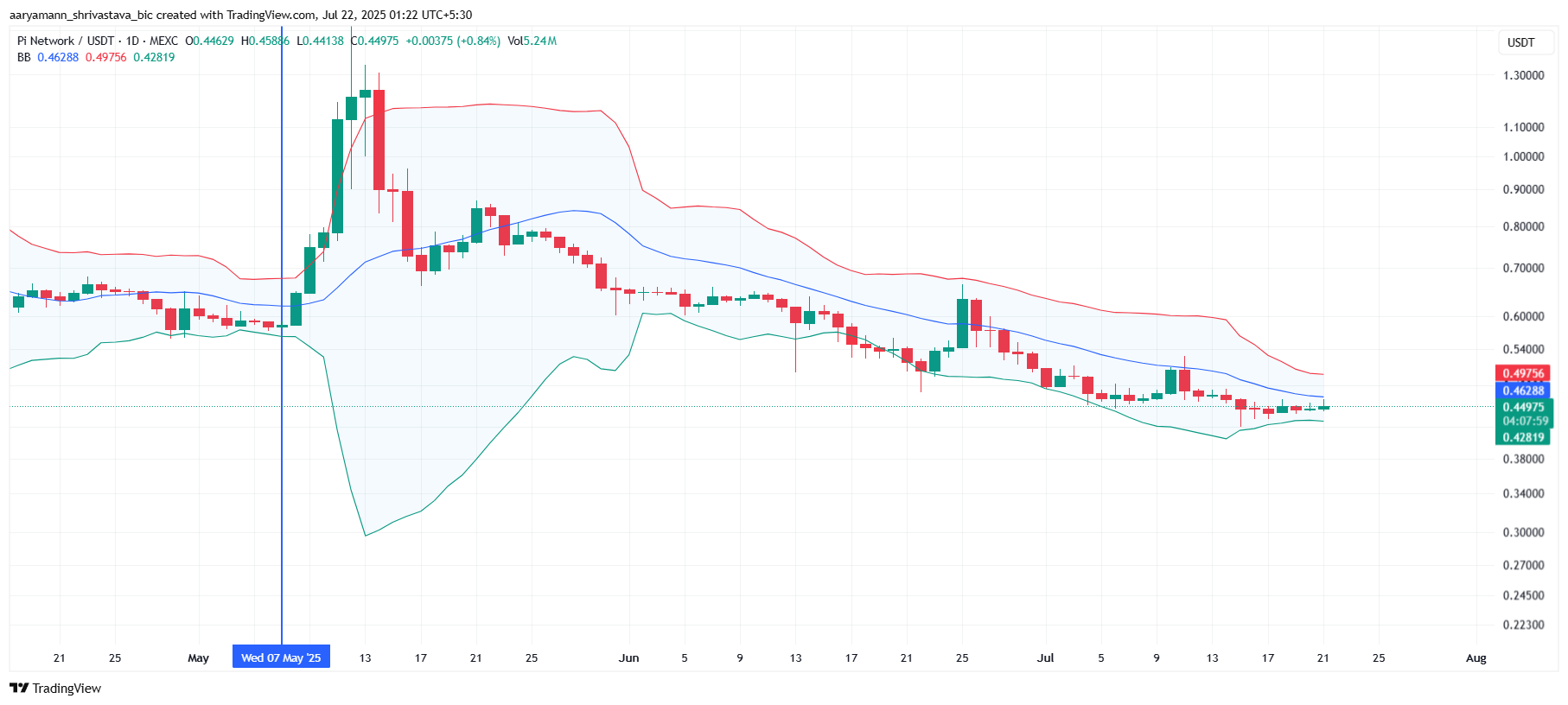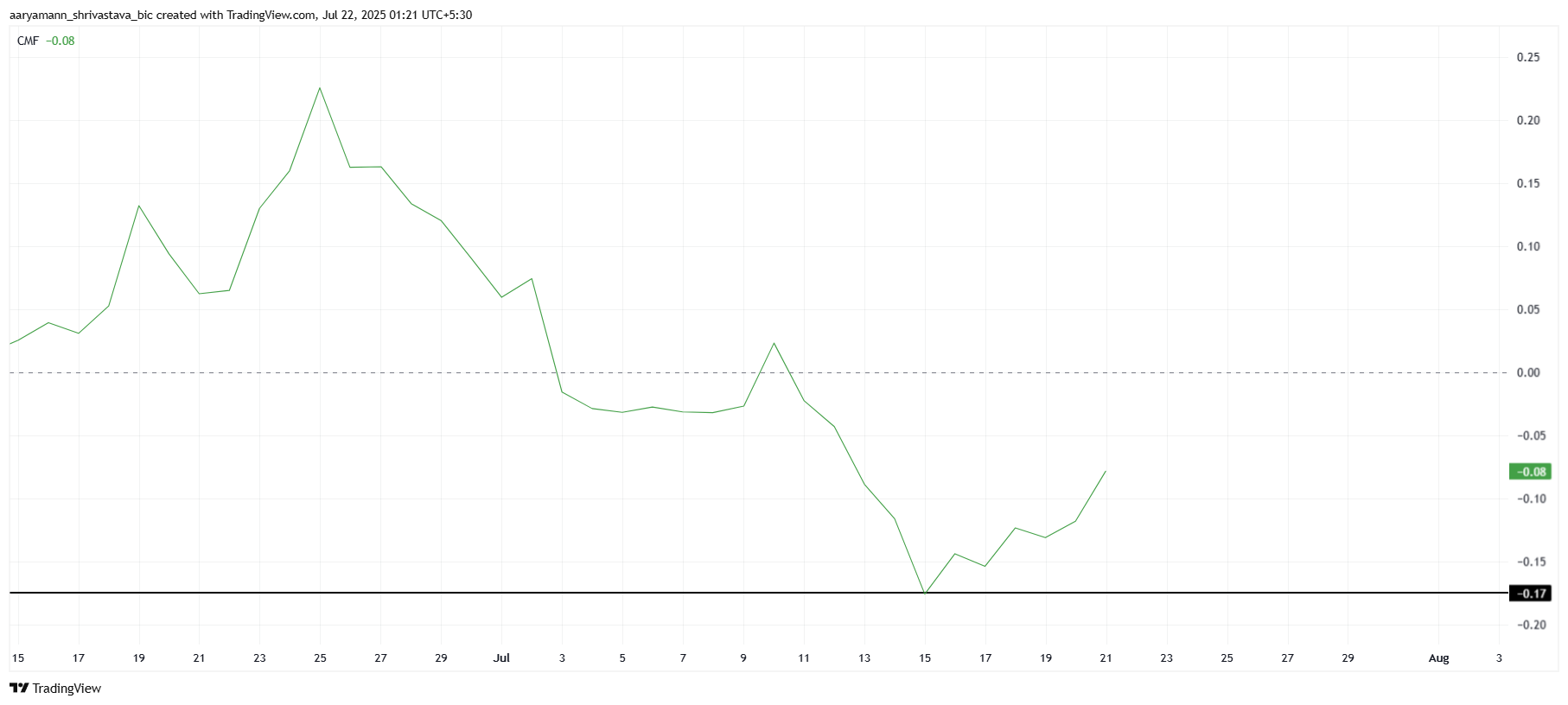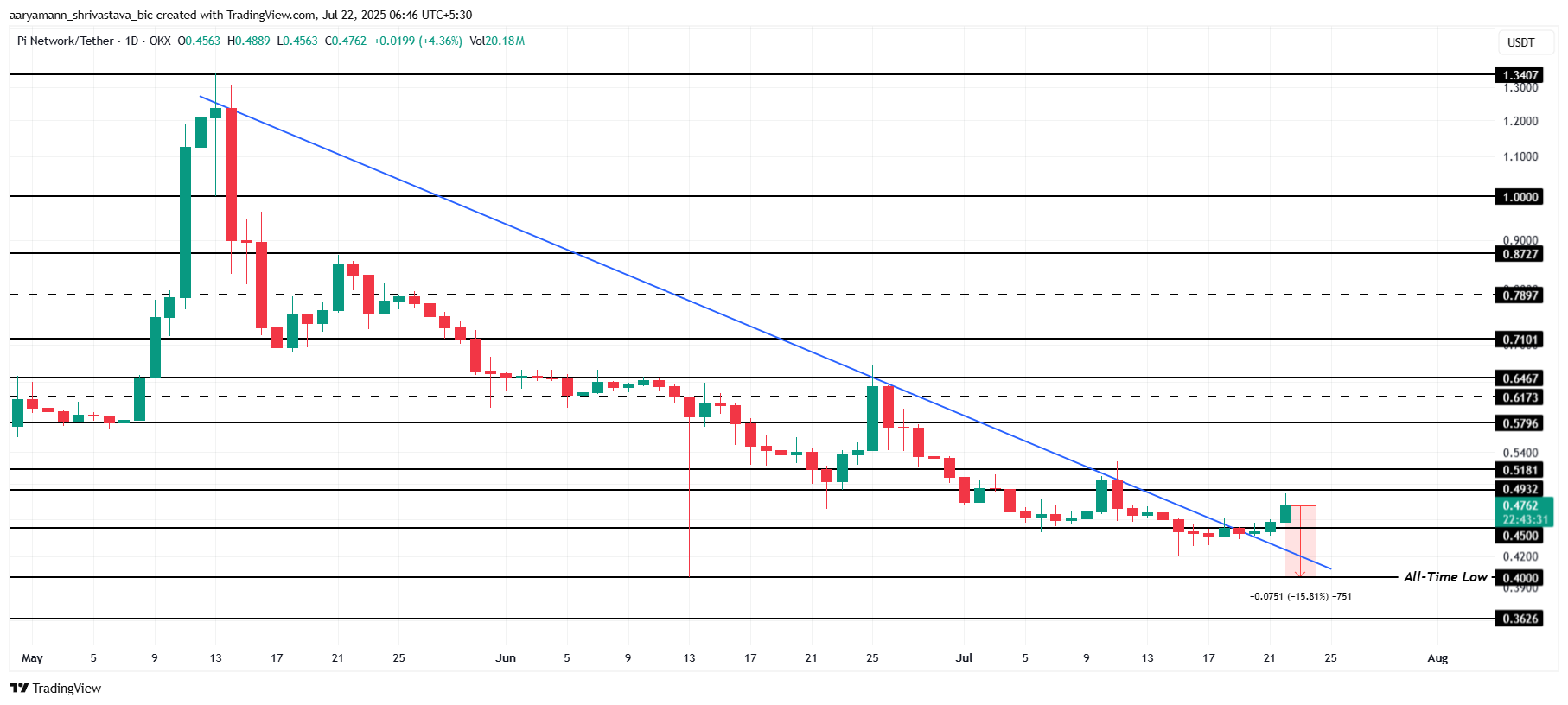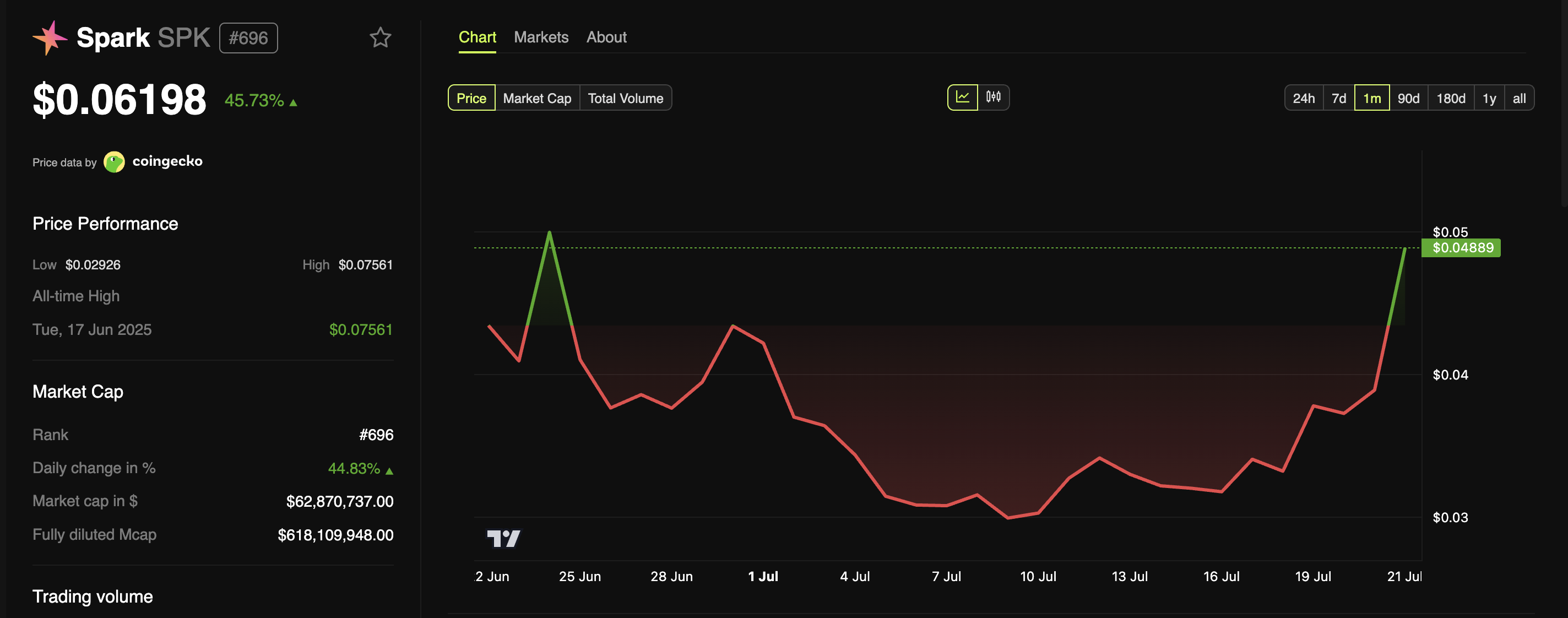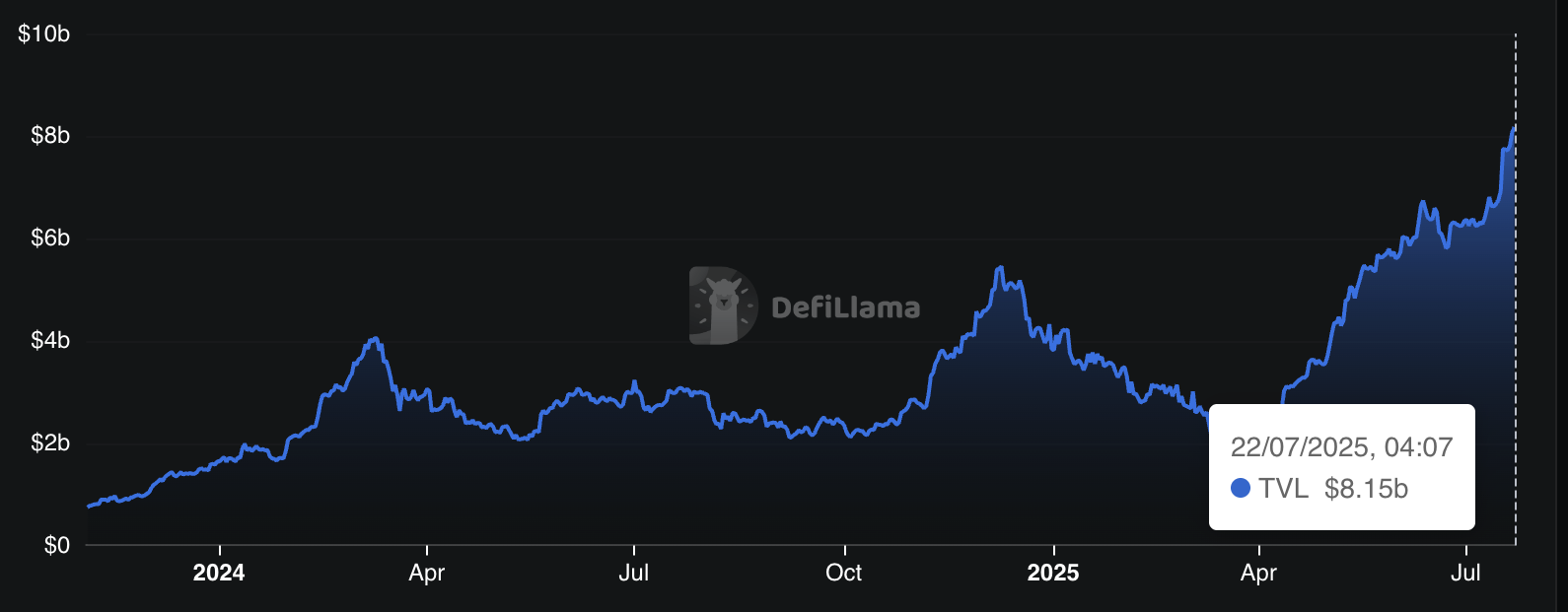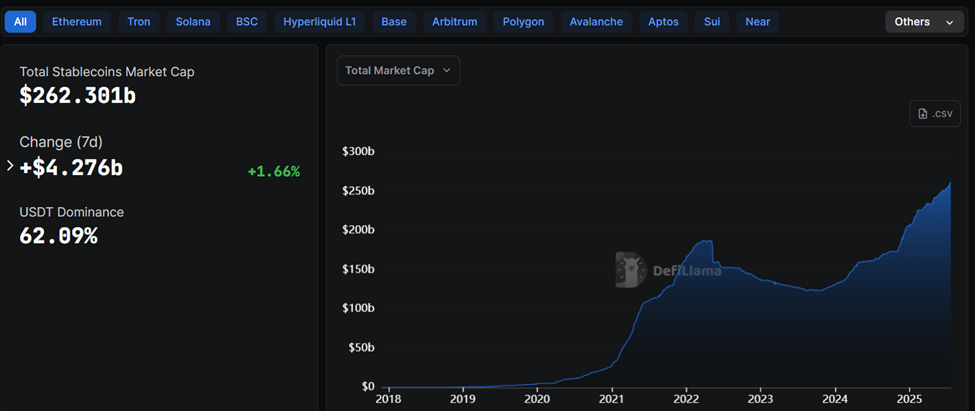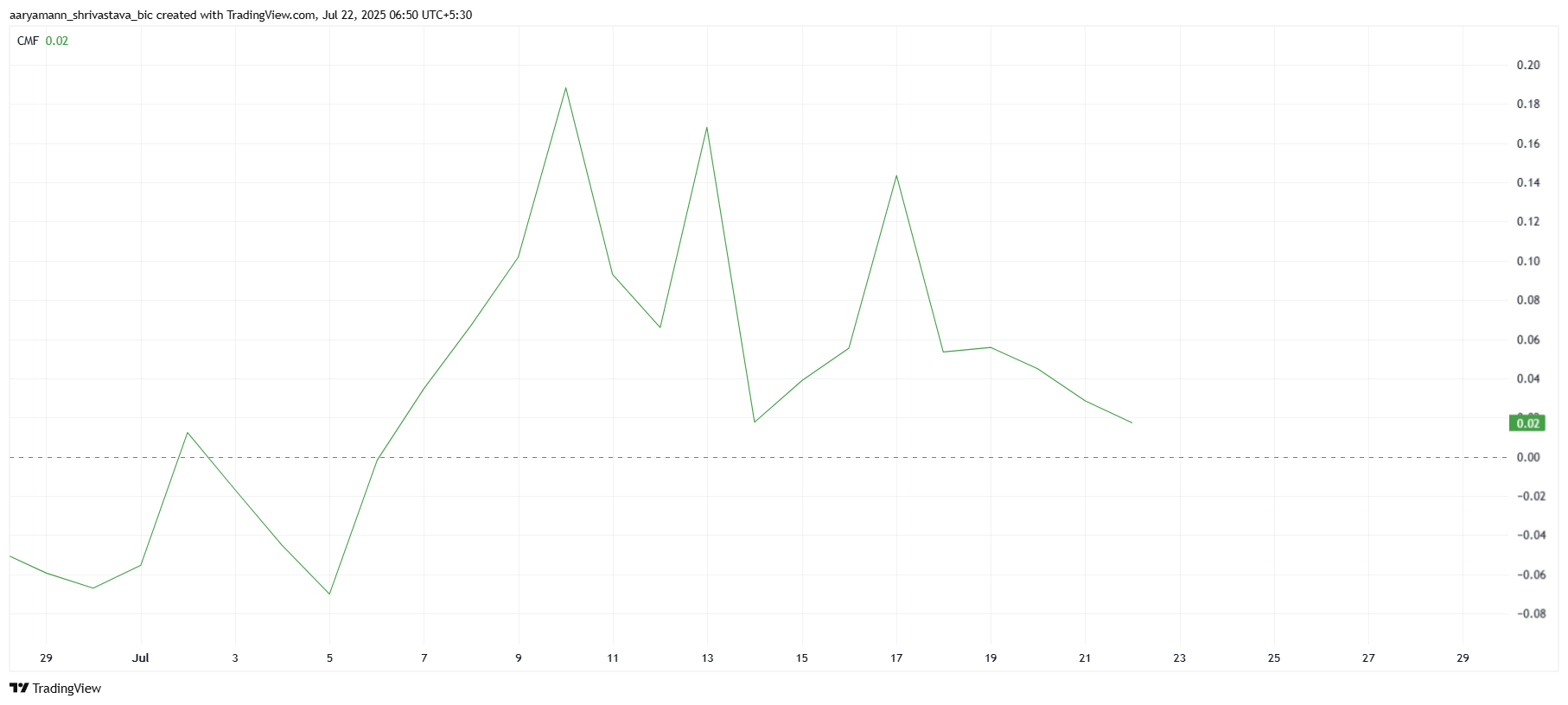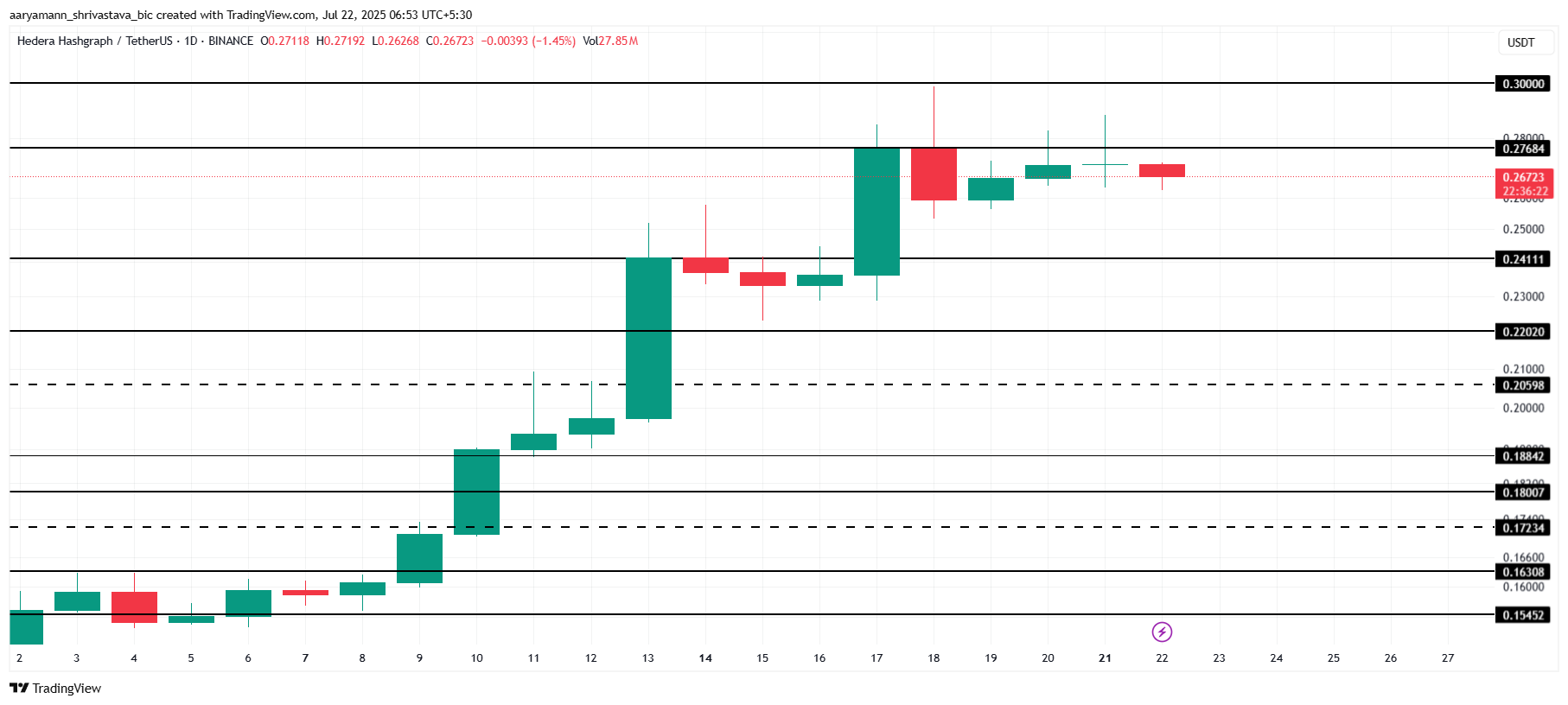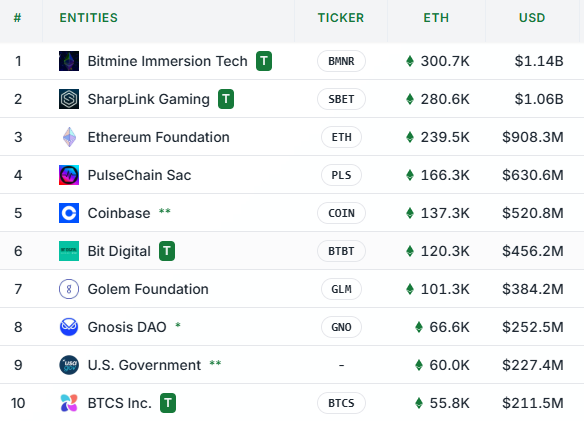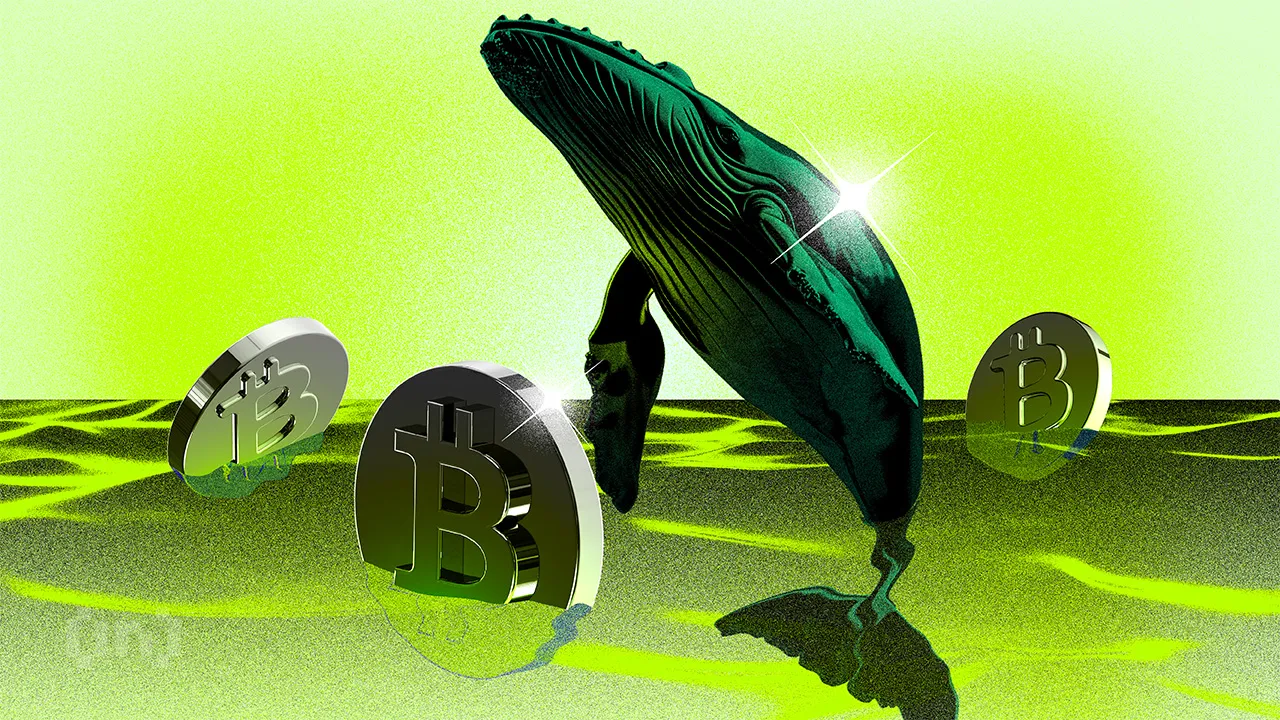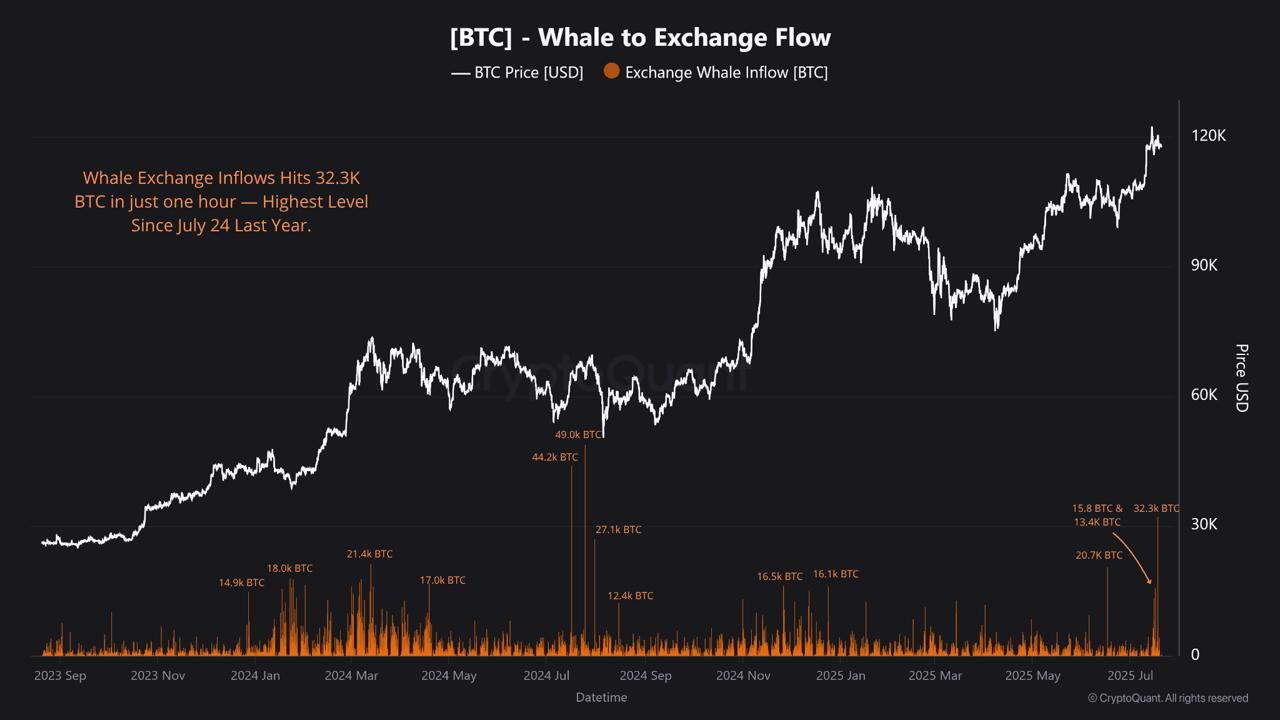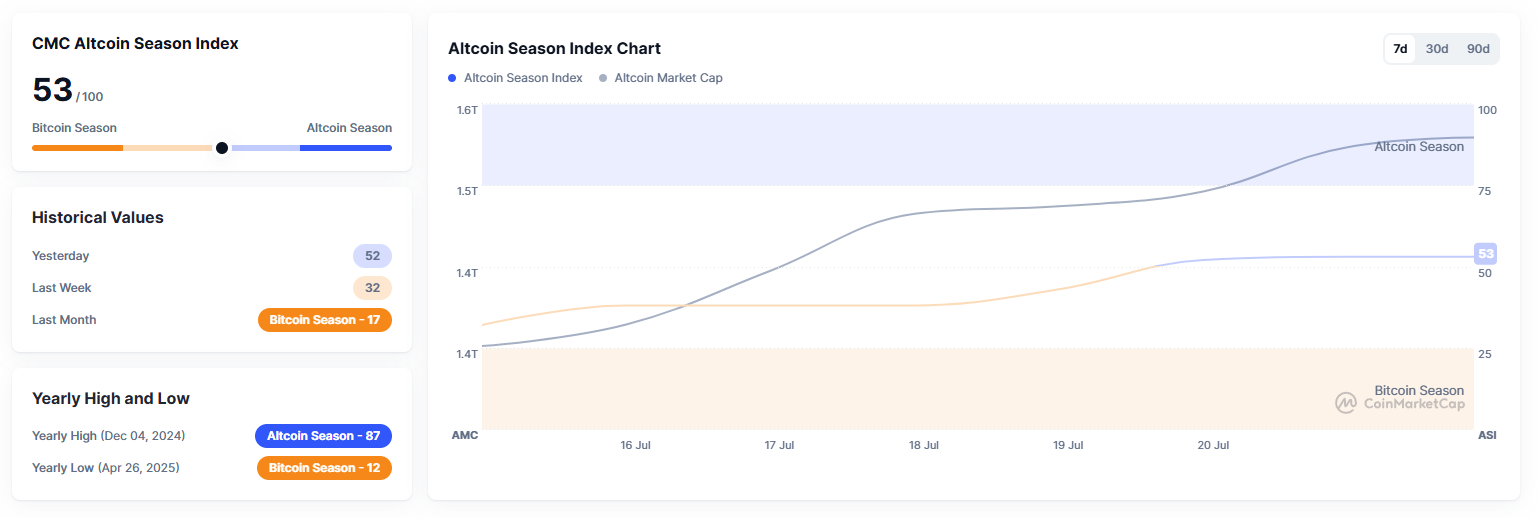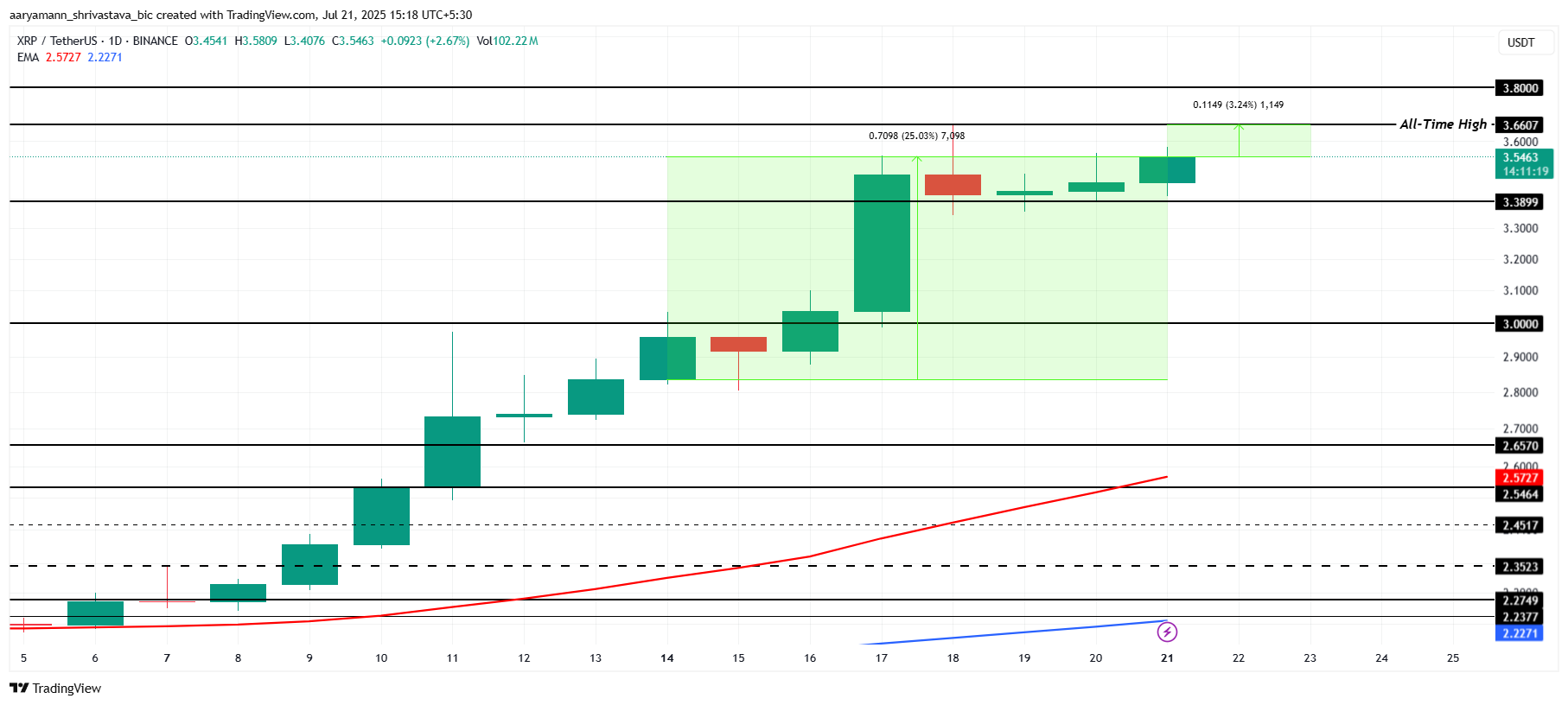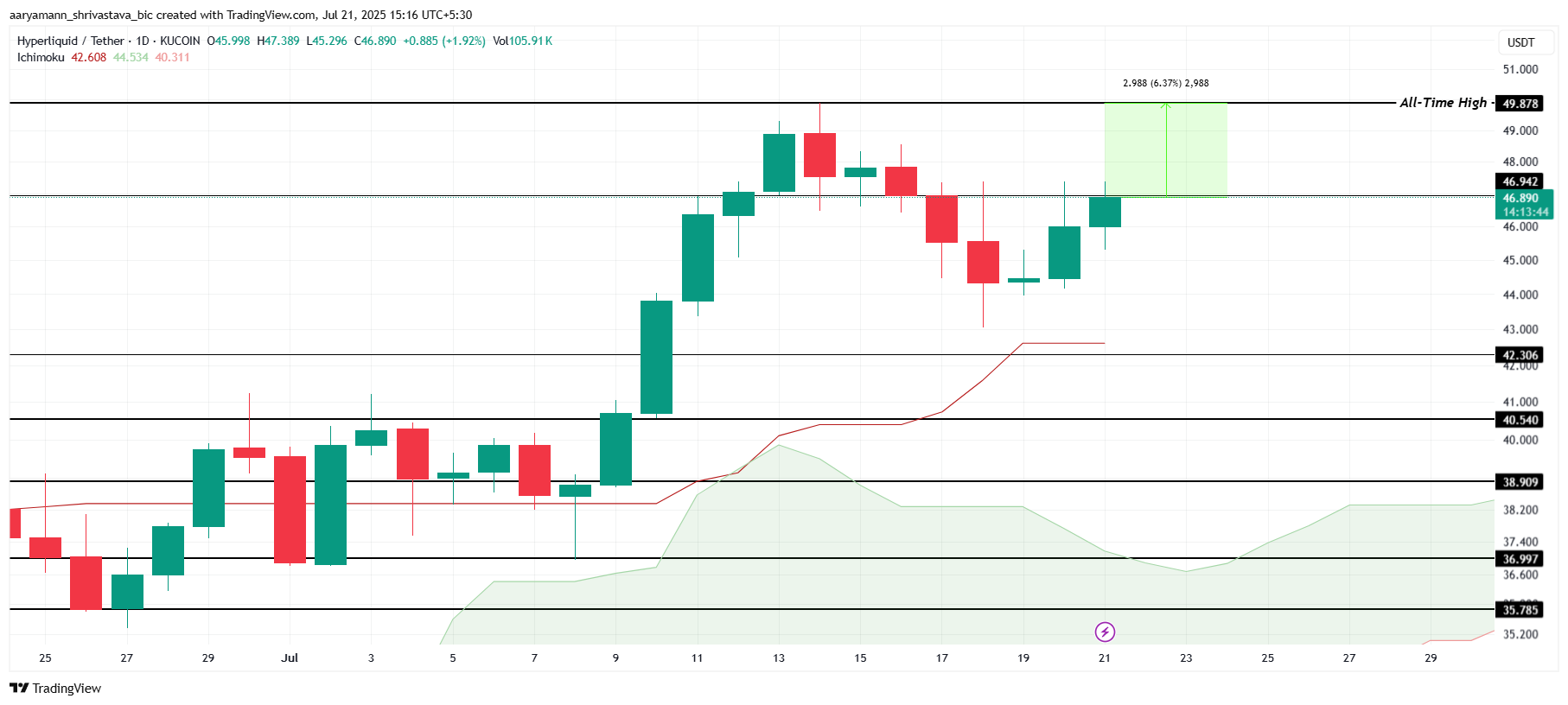The digital asset space is shifting fast, as traditional finance inches closer to understanding blockchain’s promise and crypto-native innovators set the pace. Developments like tokenized stocks and modern security standards are fueling industry-wide conversations across global events.
Adam Levine, SVP of Corporate Development and Partnerships at Fireblocks, and CEO of the Fireblocks Trust Company, stands at the intersection of these advancements. Speaking with BeInCrypto at Sunnycan on the French Riviera, Levine shared upfront perspectives on regulatory progress, tokenization, and the current state of institutional crypto adoption.
Institutional Understanding, Adoption Pace, and the Evolving Risk Curve
We’re seeing the conversation get a lot smarter, right? In the past, it looked for reasons to say no, whether it pointed to regulation or claimed that the technology didn’t work. What we’ve seen now is that traditional institutions are seeing proof from the crypto world of the scale and speed that blockchain can do.
Now, they’re starting to really consider what they could do smarter and better with the tech. So, the nature of the conversations is getting much better. The tech teams are really starting to understand the difference and, while infrastructure on different protocols, what the limitations and opportunities are with smart contracts.
So overall, it’s really encouraging to see that instead of starting from a place of no, it’s thinking about what’s possible to get a business outcome.
No surprise the banks are never the quickest, right? But the crypto native teams that are always at the cutting edge, they’re able to execute much quicker.
They’re different stakeholders. What we are seeing is that some of those crypto native companies have moved up to be more mature enterprises. And fintechs and neobanks are that in between, where they still have those stakeholders that need you to think about all the different types of risks, but move so much quicker than a traditional bank.
So once the banks really move you feel the impact, but it’s definitely this crypto native and now the neo bank fintechs that are starting to see the impact much quicker.
Liquidity, Interoperability, and the Rise of Layer 2s
What we’ve seen from so many, whether it’s L1s or L2s, there’s a similar gameplay that they all have when it comes to going to market. They’re looking for a niche where they can differentiate, and they’re using their funding to provide really material incentives to get the industry to adopt them. There’s nothing wrong with that. It’s a great thing. But what that means is certain types of assets are getting tokenized on one chain versus another. And now you have these different pools of liquidity.
Same thing you can say with stablecoins, right? Having a USDC or USDT on one protocol, but you want to buy an asset on another, it’s not functional, right? So you have these issues and many stable coin providers are saying, great, I’ll just get the incentive to deliver natively on multiple protocols. It’s not really the most efficient. So what is exciting is the innovation that we’re seeing in interoperability.
Companies that we work very closely with, LayerZero, Ownera, Chainlink, Wormhole, they’re all delivering really important interop solutions that are going to help address this issue of parties tokenizing on one blockchain but having the stablecoin that they need to purchase it on another. People no longer have to think, well have USDC on Polygon and USDC on ETH, but I want to buy an asset on base, now what?
These solutions are critical, and they’re coming in a crypto native, but even Biddle and examples, Kinexis and JPM, are real-life POCs and in production delivery that depend on these interim partners.
Security Standards and MPC in Crypto
MPC is the gold standard when it comes to the quality of security you use with your wallet. Where they control the keys, that’s critical. Unfortunately, many people still think multi-sig is MPC or multi-party computation. That’s clearly not the case. It may feel obvious, but we can point to some pretty public examples of very, very large hacks or as a multi-sig behind the scenes.
If you don’t want to buy cheap fish or security, you have to focus on some version of MPC. Obviously, we think our experience and demonstrated resiliency are where you need to start, but MPC needs to be the standard.
Regulatory Landscape and Progress for Digital Assets
I would argue that the industry is miles ahead of where it was just last year, and it’s probably because of the change in the US market.
Every market regulator needs to consider their own concerns, and some, like VARA, have been way ahead for a while. But when I travel globally, I see that the large institutions want to know what’s going to happen in the US because that is going to be the mark.
And the first few weeks of the current federal government administration made some really big changes to demonstrate not just to the US traditional financial players, but to the world that tokenized assets, the blockchain, crypto is okay. And now we’re starting to see the change from the regulatory community. Genius Act is going to be critical, not just domestically, but globally. And that’s signaling to the banks and traditional players and payment service providers. They should be leaning in on that.
Adoption of the Tokenization Hub and Use Cases
The tokenization engine is great. It allows you to use our library of smart contracts to tokenize whatever you want. But we think about a more open system. So if you have your own smart contract that you’ve developed or one of your partners like Tokeny, and you want to bring that into Mint and Burn, you absolutely can. We’re seeing some really good use cases from some clients like tokenizing private debt, tokenizing equity, and bringing that to new markets. That’s fantastic.
We still see some of the funky edge cases where people want to tokenize investment-grade wine or resources. The Tokenization Engine works well.
What’s Not Being Said On Stage: Institutional DeFi and Competitive Response
The Robinhood announcement has definitely been really interesting. We’re hearing people talk about how Europeans can get easy access through an amazing, simple app to US equities. They’re really excited to see how the rest of the market, some of the big banks respond. So it’s broader than just the impact to Robinhood and their… The conversation that is constantly coming up is how institutional DeFi is getting adopted by really large asset managers, hedge funds, and when banks will start to facilitate that. That seems to be a key thing.
Conclusion
Adam Levine of Fireblocks offers a clear view into the rapid evolution of digital asset infrastructure, where traditional finance continues its steady shift toward smarter adoption and fintechs and crypto native teams drive quick innovation. The challenges of interoperability and liquidity are being tackled by advancements in protocol solutions, while security standards such as MPC are establishing new benchmarks. Evolving regulation is building much-needed confidence for institutions, and the upsurge in tokenization use cases signals a maturing industry poised for collaboration and mainstream success.
The sector’s progress remains closely tied to regulatory clarity, competitive fintech innovation, and the commitment to strong security and seamless interoperability.
The post Adam Levine of Fireblocks: How Institutional Adoption and Interoperability Are Transforming Crypto appeared first on BeInCrypto.



